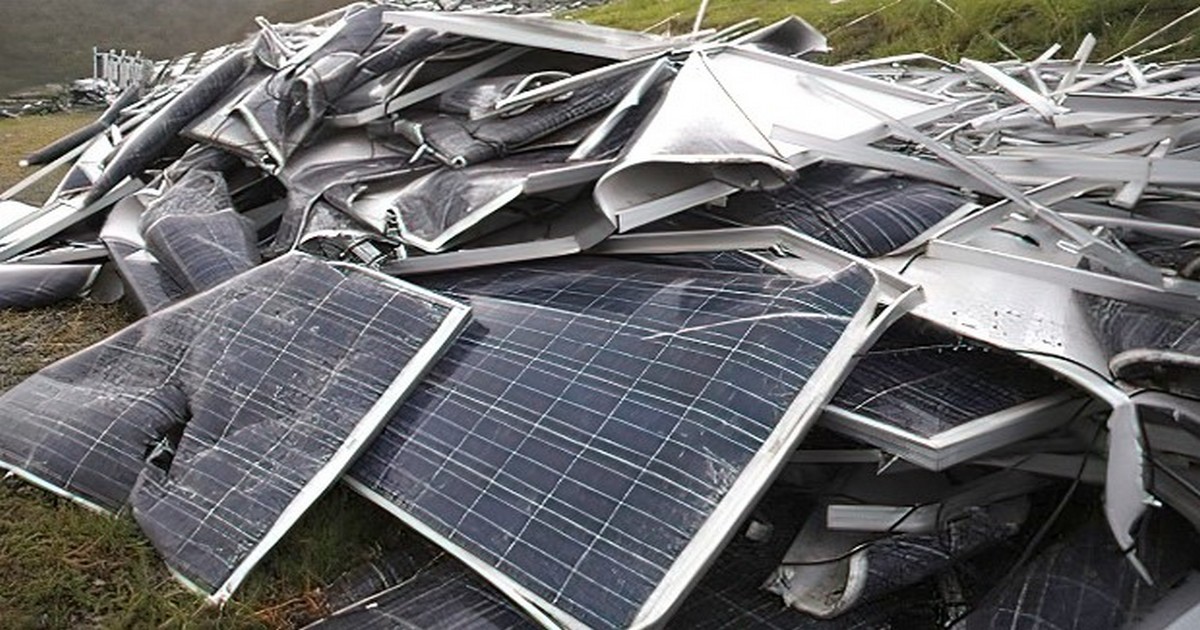Solar Power: The Good, the Bad, and the Burning Panels
In the United States, the solar power industry is experiencing a resurgence after facing a downturn due to the Covid-19 pandemic. Home solar panel installations have rebounded, with experts projecting a total capacity of over 19 gigawatts installed, a substantial increase from the 13 gigawatts installed at the end of 2019. Industry analysts anticipate that this capacity could quadruple over the next decade. This optimistic forecast is further buoyed by potential new regulations and incentives from the environmentally-focused Biden administration.
The impressive performance of the solar sector during the pandemic can largely be attributed to the Solar Investment Tax Credit. This credit, which offsets 26% of solar-related costs for residential and commercial customers (reduced from 30% during the period 2006-2019), played a significant role in driving solar adoption. However, after 2023, the credit will diminish to a permanent 10% for commercial installations and will eventually phase out entirely for home buyers. This impending change is likely to stimulate increased solar sales as consumers rush to take advantage of the remaining incentives.
The surge in solar adoption is not solely due to tax subsidies. Advances in panel conversion efficiency, improving at a rate of approximately 0.5% per year over the last decade, have coincided with significant reductions in production costs and panel prices. These cost reductions have been driven largely by innovation in manufacturing by dominant Chinese panel producers. As a result, consumers benefit from lower upfront expenses per kilowatt of generated energy.
While this growth is promising for the renewable energy transition, a looming concern remains largely unaddressed. The industry’s emphasis on upgrading to newer, cheaper, and more efficient panels is driving an impending wave of discarded panels. The current state of recycling solutions in the solar sector is inadequate, and the sheer volume of discarded panels could pose an existential threat.
Official projections by the International Renewable Energy Agency (IRENA) suggest that substantial waste accumulation is expected by the early 2030s, potentially reaching 78 million tonnes by 2050. However, these projections assume panels will remain in use for their full 30-year lifespan, disregarding the possibility of widespread early replacements.

Our research takes this possibility into account. By analyzing real U.S. data, we identified key variables influencing consumers’ decisions to upgrade their panels. These variables include installation price, compensation rate for energy sold to the grid, and module efficiency. We hypothesized that if the cost of upgrading is sufficiently low and efficiency and compensation rates are high, rational consumers would opt for early replacements.
For instance, consider a hypothetical Californian consumer, Ms. Brown, who installed solar panels in 2011. By 2026, halfway through the panels’ expected lifespan, Ms. Brown finds that new panels are significantly cheaper and more efficient. Upgrading her panels at this point would result in a substantial increase in the net present value of her solar setup.
However, the rapid pace of early replacements, as predicted by our model, could lead to far greater waste accumulation than currently projected by IRENA. This presents a significant challenge for the industry, as the recycling infrastructure is ill-equipped to handle the surge in discarded panels.
The recycling of solar panels is financially unattractive due to the predominantly low-value materials, primarily glass, used in their construction. Furthermore, the delicate nature of panels and potential hazardous waste classification further complicates the recycling process. Without adequate recycling initiatives, the industry could face a crisis of waste management, potentially undermining its economic viability.
To mitigate this issue, urgent action is required to develop comprehensive end-of-life infrastructure, including recycling, transportation, and storage facilities. Government subsidies are likely necessary to facilitate the rapid development of recycling capacity commensurate with the scale of the impending waste challenge.
Similar challenges also confront other renewable energy technologies, including wind turbines and electric vehicle batteries. While the transition to renewables is critical for the environment, the industry must adopt a long-term, circular approach to waste management to ensure its sustainability and effectiveness.
In conclusion, while the solar power industry’s growth is a beacon of hope for renewable energy adoption, the impending waste crisis casts a shadow over its long-term viability. Swift action is needed to develop effective recycling solutions and comprehensive waste management strategies to ensure that the shift to renewables remains sustainable and environmentally responsible.
Views: 170



































